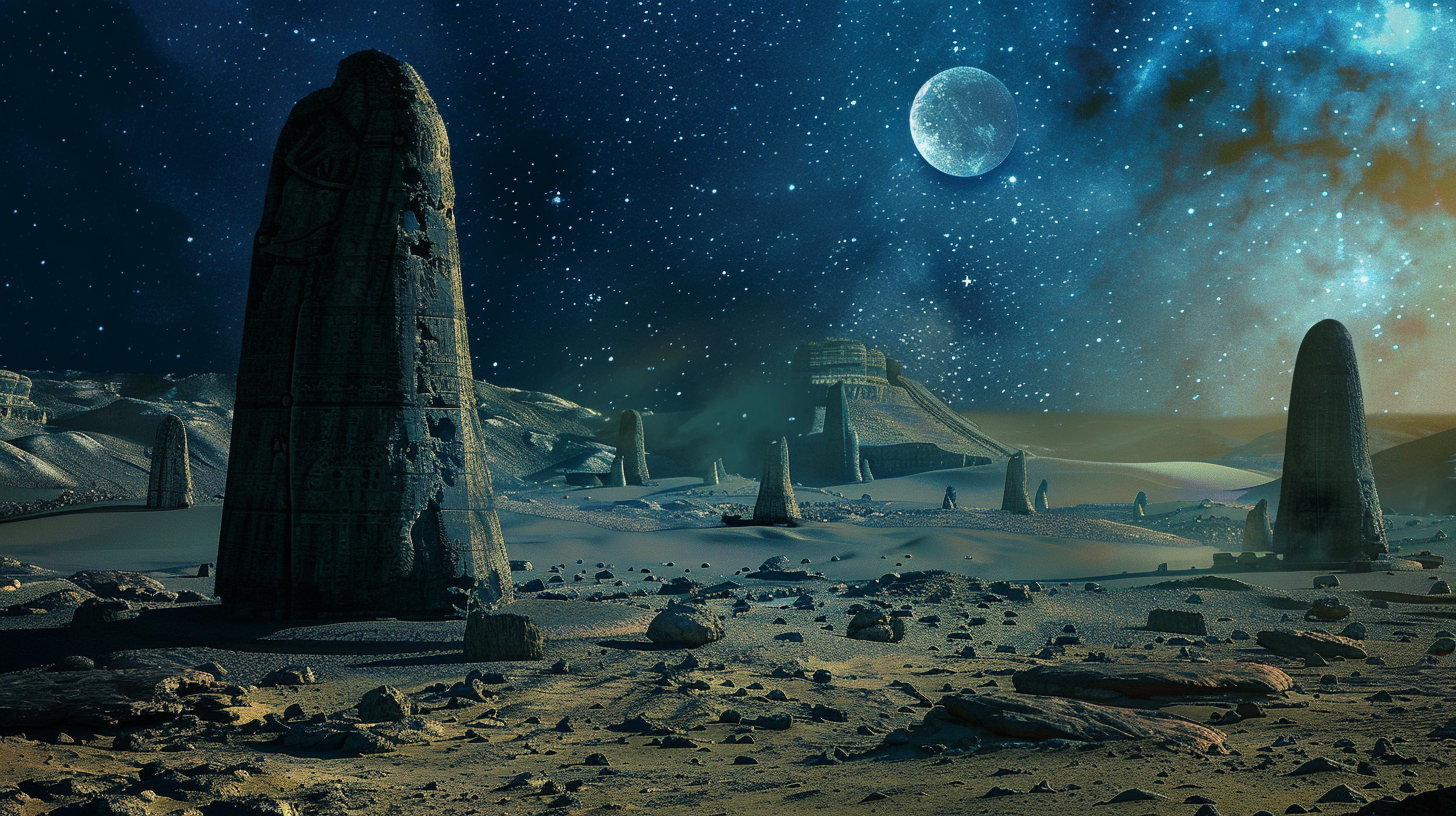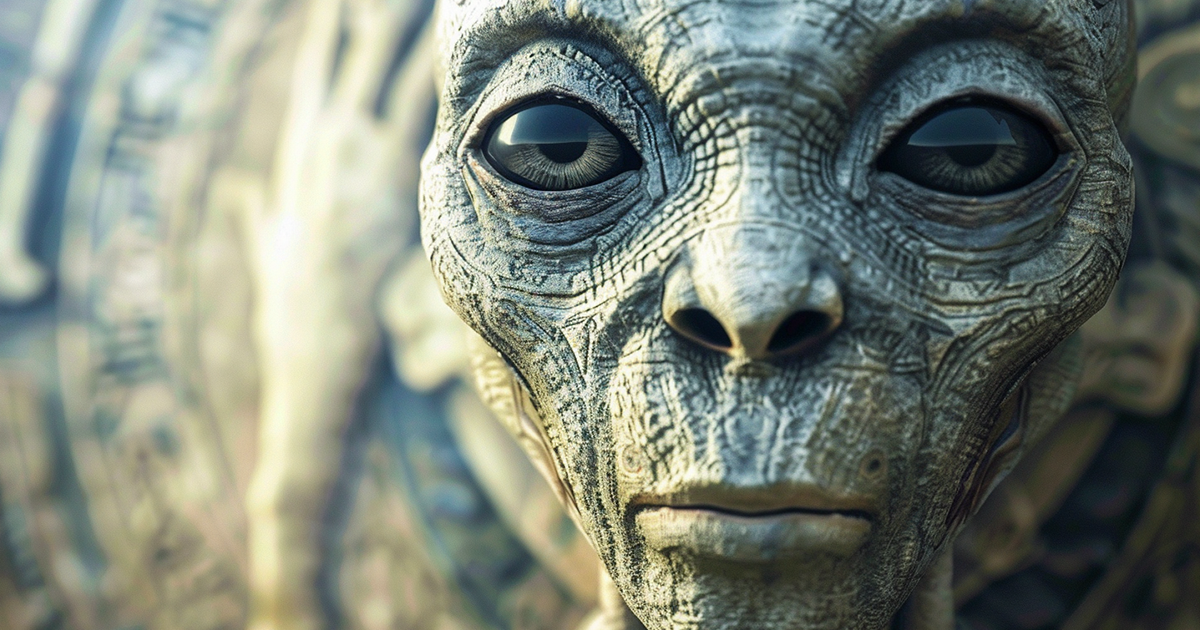Delving into the connection between the cosmos and ancient civilizations leads us to the enigmatic legacy of the Sumerians. Their profound knowledge of astronomy, amid their array of achievements, hints at a deeper mystery – a possible intersection with extraterrestrial entities?
Ancient Mesopotamia was home to the Sumerians, known for their pivotal role in early human progress. They pioneered writing, wheel invention, and the establishment of the world’s first city-states. Yet, it is their celestial comprehension that sparks debates about potential extraterrestrial contacts.
At the core of Sumerian beliefs were their gods, who they believed governed all facets of life, including the celestial realm. Their cuneiform writings, like the Enuma Elish and the Epic of Gilgamesh, not only served as religious accounts but also housed valuable astronomical insights.
Sumerian astronomy captivates with its meticulous tracking of celestial phenomena, from star movements to planetary paths. Scholars marvel at their precision in understanding celestial cycles, moon phases, and planetary positions in the night sky, achieved with limited technology of their time.

Advocates of Sumerian-alien interaction theory point to this astronomical finesse as proof of extraterrestrial guidance. They propose that such advanced astronomical acumen could only have been attained with assistance from beings beyond our world. This view suggests that these alleged alien mentors shared astronomical knowledge, propelling Sumerians into pioneering discoveries ahead of their era.
These proponents also highlight Sumerian artworks and artifacts depicting figures in attire resembling modern spacesuits, fueling speculation of encounters with advanced extraterrestrial beings. Descriptions of gods descending from the skies in flying vessels echo contemporary UFO encounters, bolstering the notion of extraterrestrial engagements.
Despite this, skeptics urge caution in attributing Sumerian accomplishments solely to alien intervention. They argue that Sumerians’ astronomical mastery stems from astute observations and diligent record-keeping, rather than alien influences. Additionally, they note similar astronomical strides by civilizations like the Egyptians and Chinese, achieved without invoking alien narratives.
Critics stress the need for cultural context in interpreting ancient texts and artifacts. Sumerian gods often appeared in anthropomorphic forms, blurring human-divine boundaries. Hence, depictions of humanoid figures in Sumerian art might symbolize deities rather than literal aliens.
Amidst a lack of concrete evidence, debates on Sumerian-alien interaction remain speculative. While the idea of ancient astronauts sharing wisdom with early civilizations enthralls, scrutiny and analytical thinking are crucial when approaching such claims.
Ultimately, whether Sumerians’ astronomical prowess stemmed from alien interactions remains uncertain. Nonetheless, their impact on human advancement is indisputable. Their celestial insights laid the groundwork for future astronomical revelations, fostering awe and curiosity through the ages.
As we unravel cosmic enigmas, the Sumerian narrative reflects humanity’s enduring pursuit of knowledge – a timeless journey transcending boundaries of era and imagination.
